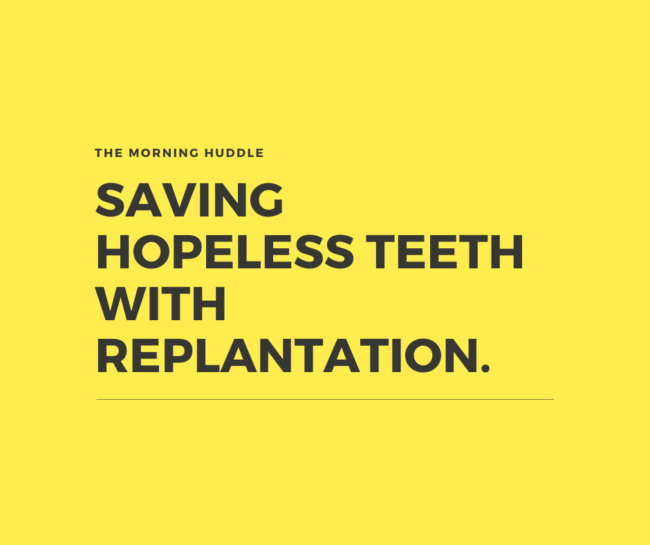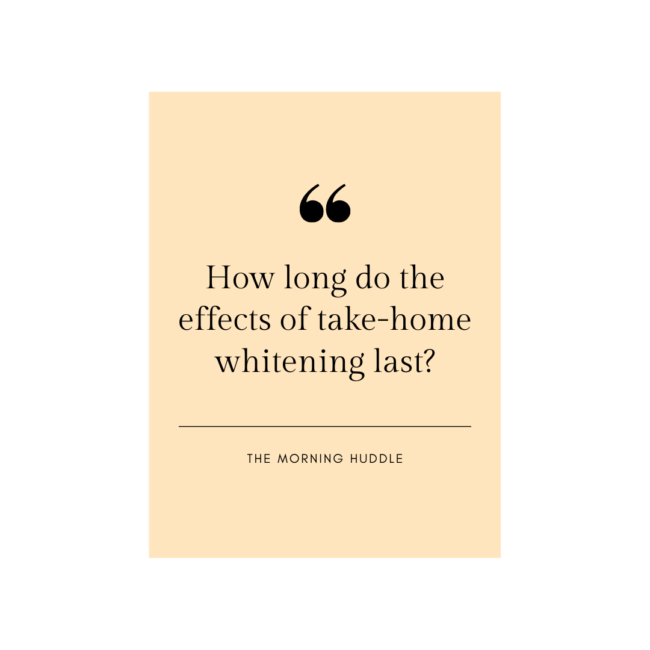An Asymptomatic Nodule In The Cheek
Case Presentation A 65-year-old woman presents to the clinic for periodontal treatment and during the routine intraoral exam, a firm nodule is noticed in the right buccal mucosa. The nodule is well circumscribed in the posterior right buccal region, measuring 2.5 cm in diameter. The mucosa overlying the nodule appears normal. Patient is unaware of…











